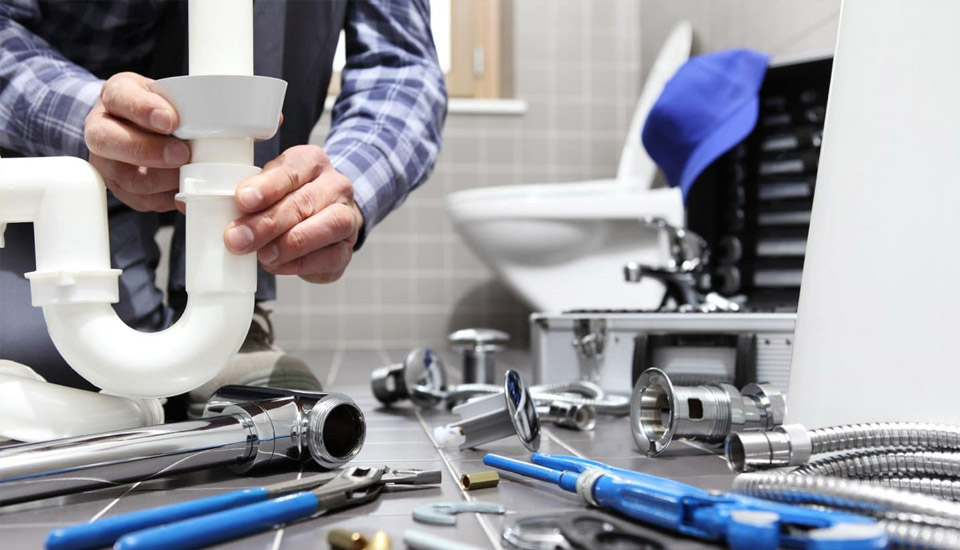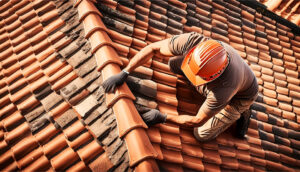How to Detect and Fix Bathroom Leaks Before They Wreck Your Home
Bathroom leaks are more than just a nuisance—they can drive up your water bill, damage your home, and even cause mold. The good news? With a little know-how, you can track down the source and fix many common leaks yourself—saving both time and money.
Spot the Signs Early
Finding the source of a leak is your first step. Watch for:
-
Water stains on ceilings and walls
-
Mold or mildew around tiles or under sinks
-
Wet spots or puddles on floors
-
Discoloration near toilet bases or caulking
Pro tip: Add a few drops of food coloring to your toilet tank. If it shows up in the bowl without flushing, you’ve got a silent leak.
Common Leak Hotspots
Let’s break down where leaks happen most and how to deal with them:
Toilets
Leaks usually come from a faulty flapper, a worn wax ring, or loose bolts. Replace worn parts and tighten hardware. For base leaks, you might need to reinstall the wax seal.
Sinks & Faucets
Look under the sink for dampness or mold. Tighten loose connections and replace washers, O-rings, or gaskets. If your faucet drips or the drain leaks, a quick disassembly and reseal can do the trick.
Showers & Tubs
Cracked grout or caulking can let water seep through. Re-caulk joints and replace damaged tiles. For leaks under the tub, inspect the drain and the shower pan. Small cracks can be sealed with epoxy, but bigger issues may need a plumber.
Tools You’ll Need
Keep these tools and materials on hand for tackling leaks:
-
Adjustable wrench & pliers
-
Screwdrivers
-
Plumber’s tape
-
Silicone caulk
-
Pipe joint compound
-
Replacement gaskets & washers
-
Drain snake and flashlight
Step-by-Step Fixes
Fixing a Toilet Leak
-
Turn off the water supply.
-
Replace the flapper if the tank leaks into the bowl.
-
Adjust or replace the fill valve if it runs constantly.
-
Tighten bolts or replace the wax ring for leaks at the base.
Stopping Sink Leaks
-
Shut off water to the sink.
-
Replace worn-out washers or O-rings in the faucet.
-
Tighten drain or pipe fittings.
-
Use plumber’s putty or pipe sealant on loose parts.
Repairing Shower or Tub Leaks
-
Inspect and recaulk edges and corners.
-
Replace cracked tiles and re-grout.
-
Tighten showerhead or replace cartridges in leaking handles.
-
Seal minor shower pan cracks or call a professional for larger ones.
Stay Ahead with Preventative Maintenance
-
Inspect fixtures monthly for moisture or corrosion
-
Replace aging caulk and grout every few years
-
Don’t ignore dripping faucets—they waste water and wear out components
-
Have a pro inspect your plumbing every 2–3 years for peace of mind
Final Tips
-
Watch your water bill—unexpected increases often mean hidden leaks
-
Use drain guards to catch hair and debris
-
Never flush anything but toilet paper
-
Keep the area around fixtures dry to prevent long-term damage
Need help identifying a mystery leak or deciding when to call a plumber? Drop your questions in the comments or reach out—we’re here to help!





